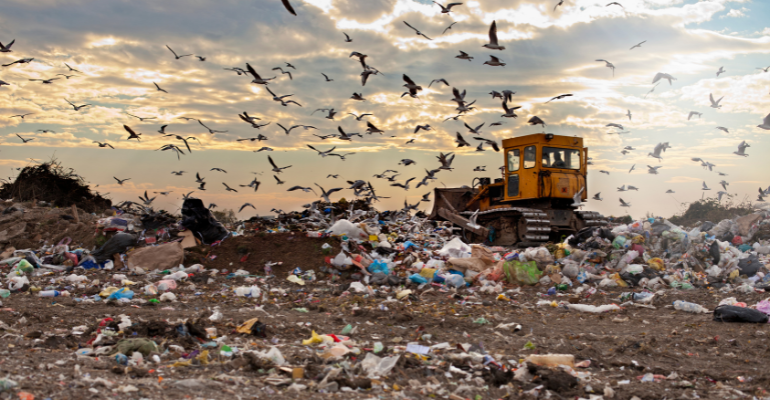
Landfills have long been a major concern for environmentalists and communities worldwide. The amount of waste generated by modern society has reached staggering levels, and traditional landfill methods are no longer sustainable in the long run. However, there is hope in the form of waste-to-energy technology, which offers a sustainable solution to reduce landfills while generating clean energy. In this article, we will explore how waste-to-energy can reduce landfills and contribute to a greener future.
How Waste-to-Energy Works
Waste-to-energy, also known as WTE, is a process that involves the conversion of waste materials into useful forms of energy. The process typically starts with the collection and sorting of waste, followed by various treatment methods such as incineration, gasification, or anaerobic digestion. These processes generate heat, gas, or biogas, which can be harnessed to produce electricity, heat, or even biofuels.
Incineration: Turning Waste into Heat and Electricity
Incineration is one of the most common methods used in waste-to-energy facilities. In this process, waste is burned at high temperatures, releasing heat energy. The heat is then used to produce steam, which drives turbines to generate electricity. Incineration not only reduces the volume of waste but also eliminates the need for additional fossil fuel consumption in electricity production.
Gasification: Producing Syngas for Energy Generation
Gasification is another waste-to-energy process that converts waste into a synthesis gas, also known as syngas. Syngas is a mixture of carbon monoxide, hydrogen, and other gases that can be used as a fuel for electricity generation, heating, or industrial processes. Gasification is particularly effective in dealing with organic waste, such as agricultural residues and food waste.
Anaerobic Digestion: Transforming Organic Waste into Biogas
Anaerobic digestion is a natural process that breaks down organic waste in the absence of oxygen, producing biogas as a byproduct. Biogas, primarily composed of methane and carbon dioxide, can be used as a renewable source of energy. The process not only reduces landfill waste but also captures methane, a potent greenhouse gas, and prevents its release into the atmosphere.
Benefits of Waste-to-Energy in Reducing Landfills
Waste-to-energy technology offers several significant benefits in reducing landfills and mitigating environmental impacts. Let's explore some of these benefits:
1. Reducing Landfill Waste Volume
One of the primary advantages of waste-to-energy is its ability to significantly reduce the volume of waste destined for landfills. By diverting waste materials to energy conversion processes, the amount of waste requiring landfill disposal is reduced, thus extending the lifespan of existing landfill sites.
2. Generating Clean and Renewable Energy
Waste-to-energy facilities produce electricity, heat, or biogas, which can replace fossil fuel-based energy sources. By utilizing waste as a resource, we can reduce our reliance on non-renewable energy and contribute to a more sustainable and greener energy mix.
3. Decreasing Greenhouse Gas Emissions
Organic waste in landfills undergoes anaerobic decomposition, releasing methane, a potent greenhouse gas. Waste-to-energy processes, such as anaerobic digestion, capture methane and convert it into biogas for energy production. This not only prevents methane emissions but also reduces the overall carbon footprint associated with waste management.
4. Promoting Circular Economy Principles
Waste-to-energy aligns with the principles of the circular economy by turning waste materials into valuable resources. Instead of considering waste as a burden, this approach treats it as a potential source of energy and other useful products. By adopting waste-to-energy technologies, we can move closer to a more sustainable and circular waste management system.
5. Creating Job Opportunities and Economic Growth
The implementation of waste-to-energy facilities creates job opportunities across various stages of the process, from waste collection and sorting to plant operations and maintenance. Additionally, waste-to-energy projects can attract investments and stimulate economic growth, contributing to local and regional development.